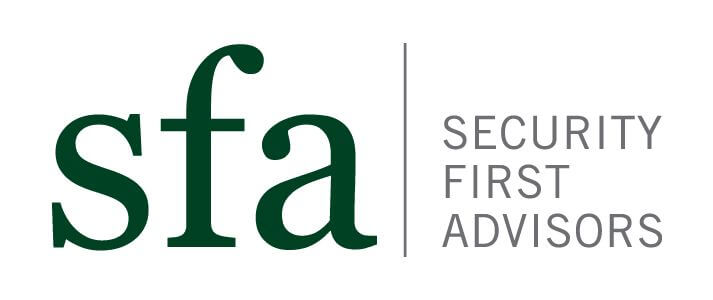Most major U.S. stock markets peaked in mid-May and have been trailing off in a fairly orderly fashion ever since. The selloff has been small-as of Friday’s close, the S&P 500 was down about 3.5% from the all-time high-yet it has been enough to get people talking.
Much of the move has been blamed on the May Congressional testimony of Federal Reserve Chairman, Ben Bernanke. In said testimony, he reiterated his commitment to keep quantitative easing-the bond purchase program aimed at keeping interest rates low-in effect until unemployment reaches 6.5%. When questioned further, he said that the Fed would “of course” taper the program if and when the economy strengthened enough to support itself without it.
For our part, we don’t see the tapering of quantitative easing as the disaster that many have suggested it could turn into. We have to ask, “Why would the Fed end the program that it specifically designed to keep asset prices (i.e., homes, stocks, etc.) up in a way that would severely hurt asset prices?” Without uncomfortable inflation, it wouldn’t. It doesn’t make sense. Even so, markets have declined, and uncertainty about the program has increased.
On Wednesday, the Chairman will have a chance to clarify his message, and market participants will likely be more keenly tuned to this meeting and the Q&A session than they had been in quite some time. It seems that almost everyone is looking for some form of clarification. While the official statement will be scripted, the Q&A session will be of greater interest as the Chairman will likely speak more freely.
Let’s back up and not forget the Fed’s stated roadmap for the quantitative easing program. It wants to continue to buy Treasuries and Agency Mortgage bonds to keep interest rates low until such time as the unemployment rate reaches 6.5%. It will do so as long as inflation remains below 2.5%.
Currently, the unemployment rate stands at 7.6%, and inflation has been falling, not rising. The Consumer Price Index (CPI) has only increased by 1.1% over the last 12 months, and The Fed’s alternate measure of inflation, Personal Consumption Expenditures (PCE), has been stable at about 2% throughout 2013.
The Fed has not met its goals with Q.E. yet. They are making progress, but they are not there. When they get to the point that Q.E. needs to be tapered, it should be a good thing. Market volatility may increase in the short term. It almost always does with policy change. But, the end of Q.E. will mean that, longer-term, things are getting better, not worse.
Source: Edited remarks of Kane Cotton, CFA, Bellatore Financial, Inc.
Security First Advisors is a locally owned, independent, fee-based investment advisory firm located in Portland, Oregon offering comprehensive financial planning and money in transition services.
